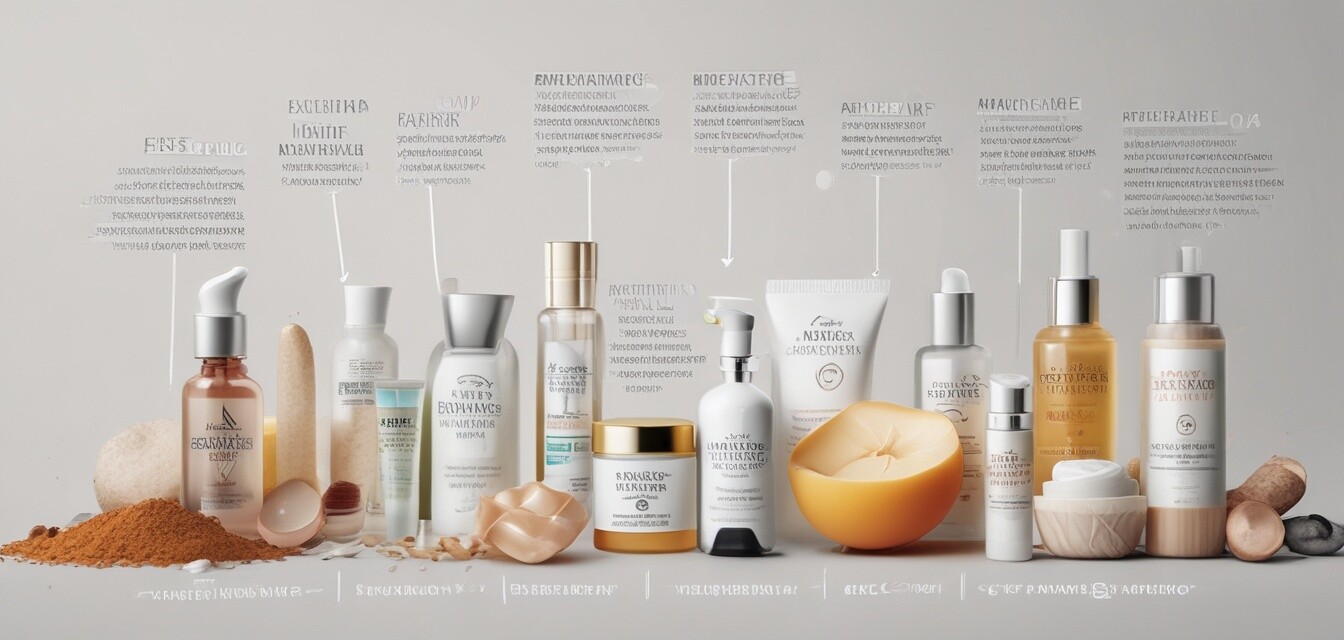
Deciphering Ingredient Labels on Anti-Aging Products
Key Takeaways
- Understanding ingredient labels can help you make informed choices in skincare.
- Not all ingredients are created equal; some have more scientific backing than others.
- Recognizing effective formulas can enhance your anti-aging skincare routine.
- Look for transparency in brands to gauge ingredient quality and efficacy.
As the realm of skincare evolves, more individuals are seeking ways to maintain a youthful appearance. Anti-aging products flood the market, yet understanding what the ingredient labels mean can be daunting. This guide aims to simplify the process, providing insights into how to decipher these labels and recognize effective ingredients.
Why Ingredient Labels Matter
Ingredient labels serve as a crucial roadmap, guiding consumers through the world of skincare. They help you understand what you are applying to your skin and whether those products align with your skincare goals. Many anti-aging products are filled with ingredients that sound appealing but may not be effective or necessary.
Regulatory Standards and Labeling
Regulatory bodies require that all ingredients be listed in a product, yet they do not regulate the effectiveness of these ingredients. Therefore, knowing which components are beneficial is essential.
Common Anti-Aging Ingredients to Know
| Ingredient | Function | Considerations |
|---|---|---|
| Retinol | Stimulates cell turnover and promotes collagen production. | May cause irritation for sensitive skin. Always use sunscreen. |
| Vitamin C | Antioxidant that brightens skin and reduces the appearance of fine lines. | Stability can vary; look for products in opaque packaging. |
| Hyaluronic Acid | Hydrates skin by attracting moisture. | Good for all skin types; generally well-tolerated. |
| P peptides | Help to firm and smooth the skin. | Check the concentration for effectiveness. |
| Niacinamide | Improves skin elasticity and enhances barrier function. | Can soothe inflammation and is suitable for sensitive skin. |
How to Read Labels Effectively
When examining ingredient labels, consider these tips for better understanding:
Beginner's Tips for Reading Labels
- Start from the top of the list; ingredients are ordered by concentration.
- Focus on the first five ingredients, as these are usually the most abundant.
- Be wary of buzzwords like "natural" or "organic," which are often not regulated.
- Look for scientific studies backing claims of effectiveness.
- Research unfamiliar ingredients to understand their effects on the skin.
Identifying Effective Skincare Brands
Transparency in product formulation is key. Brands that provide detailed information on their ingredient sources often deliver more effective products. Here are some characteristics of trustworthy brands:
- Clear labeling of all ingredients without hidden or complex terms.
- Availability of independent studies validating their claims.
- Focus on ethical sourcing and sustainability in their ingredients.
Consumer Trends in Anti-Aging Products
Today's consumers are increasingly informed and discerning. They seek products that both deliver effective results and reflect personal values. Many are turning to natural alternatives as they become educated about the skin's response to various chemicals.
Conclusion
Deciphering ingredient labels on anti-aging products may take time and effort, but the knowledge gained can significantly enhance your skincare routine. Informed choices lead to greater satisfaction and better results. For additional insights, check out our buying guides for tips on selecting the right anti-aging products, and stay updated with the latest trends in the industry.
For those just starting their skincare journey, consider exploring our extensive range of organic serums, natural cleansers, and exfoliating scrubs.
Pros
- Empowers consumers to make informed decisions about skincare.
- Helps recognize and prioritize effective ingredients.
- Encourages exploration of reputable brands.
Cons
- Can be overwhelming for beginners.
- Misleading terms may still appear on labels.
